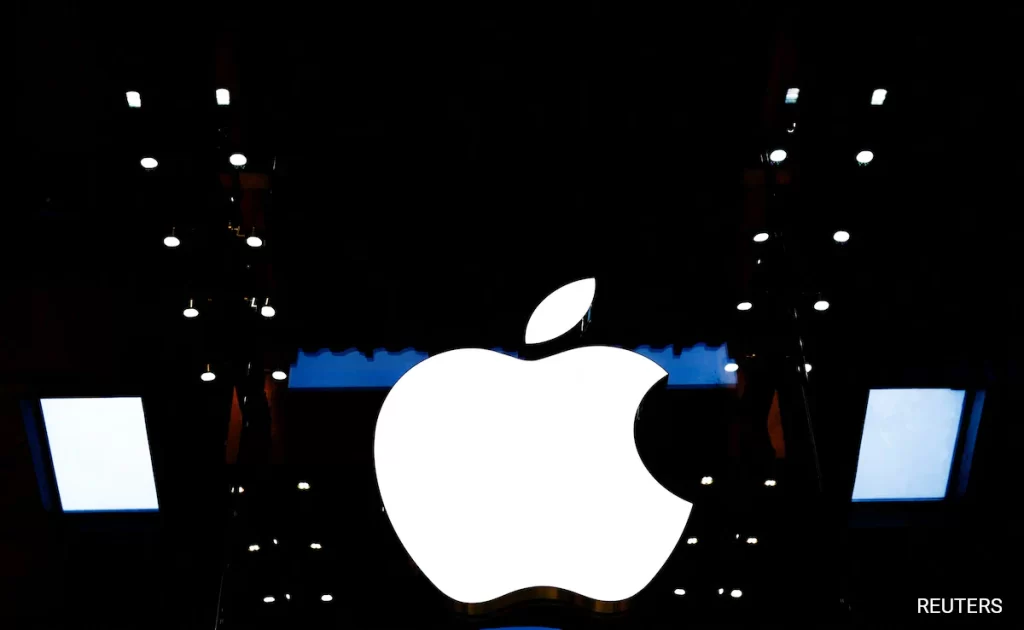Apple Inc., the technology giant renowned for its innovations, has entered a groundbreaking partnership with Nvidia to enhance the performance and efficiency of its artificial intelligence (AI) models. This strategic collaboration signals Apple’s commitment to pushing the boundaries of AI technology while optimizing the computational processes underpinning machine learning applications.

By leveraging Nvidia’s advanced TensorRT-LLM inference acceleration framework, Apple has employed an innovative technique called Recurrent Drafter (ReDrafter), introduced earlier this year, to address the challenges of latency and efficiency in AI inference. Let’s dive deeper into this partnership, its implications, and how it aims to reshape the AI landscape.
What is AI Inference, and Why Does It Matter?
AI inference refers to the process where a trained machine learning model uses input data to make predictions or generate outputs. Unlike training, which involves learning from vast datasets, inference is about applying that learned knowledge efficiently in real-time scenarios. From chatbots to recommendation systems, inference is a critical component driving the functionality of modern AI systems.
Key challenges in AI inference include:
- Latency: The time taken for the AI system to produce a response after receiving input.
- Efficiency: Ensuring that computational resources are used optimally to reduce costs and power consumption.
Apple’s Recurrent Drafter (ReDrafter): A Game-Changing Technique
Earlier in 2023, Apple researchers introduced the Recurrent Drafter (ReDrafter) technique in a published paper. This technique focuses on speculative decoding, a process designed to accelerate token generation during AI model inference.
Key Features of ReDrafter:
- Recurrent Neural Network (RNN) Draft Model: Combines deep learning methodologies to predict and generate sequences efficiently.
- Beam Search: Explores multiple potential outputs simultaneously to identify the best solution.
- Dynamic Tree Attention: Processes structured data using an innovative attention mechanism that optimizes decision paths.
Performance Improvements:
ReDrafter has demonstrated the ability to enhance token generation speeds by up to 3.5 tokens per generation step, making it a valuable tool for large language models (LLMs). However, initial implementations revealed limitations in achieving significant overall speed improvements—a challenge that Nvidia’s platform has helped to overcome.
Nvidia’s Role in Enhancing Apple’s AI Models
Nvidia, a leader in GPU and AI technology, collaborated with Apple to address the limitations of ReDrafter. Nvidia’s TensorRT-LLM framework introduced new operators and enhanced existing ones to streamline the speculative decoding process.
Achievements from the Collaboration:
- 2.7x Speed-Up: By integrating ReDrafter with Nvidia’s platform, Apple achieved a 2.7x increase in token generation speed for greedy decoding, a method commonly used in sequence generation tasks.
- Reduced GPU Usage: The integration allows for lower GPU dependency, resulting in significant power savings and cost efficiency.
- Enhanced Latency Management: The partnership has reduced the time lag associated with AI model responses, paving the way for real-time applications.
Broader Implications of the Partnership
This collaboration underscores the increasing convergence of software and hardware advancements in AI development. For Apple, leveraging Nvidia’s expertise in AI acceleration reflects a forward-thinking strategy aimed at:
- Sustainability: By reducing power consumption, the integration aligns with Apple’s environmental goals.
- Cost Efficiency: Lower GPU requirements translate to reduced operational costs for large-scale AI applications.
- Enhanced User Experiences: Faster AI inference opens doors to more responsive and sophisticated applications for end-users.
Potential Applications and Future Outlook
The advancements achieved through this partnership have implications across various domains, including:
- Voice Assistants: Improved latency and efficiency could enhance Siri’s performance, making it more competitive in the AI assistant market.
- On-Device AI: Apple’s commitment to privacy-first AI could benefit from these enhancements, enabling robust AI capabilities directly on devices without relying heavily on cloud processing.
- AI-Powered Creative Tools: Applications like Final Cut Pro and Logic Pro could leverage accelerated inference for real-time content generation and editing.
As Apple continues to invest in AI research and development, reports suggest the company is also working on its first AI server chip in collaboration with Broadcom. These initiatives collectively position Apple as a formidable player in the rapidly evolving AI space.
The partnership between Apple and Nvidia represents a significant leap in AI technology, particularly in addressing the critical challenges of latency and efficiency. By combining Apple’s innovative ReDrafter technique with Nvidia’s cutting-edge hardware and frameworks, this collaboration sets a new benchmark for performance optimization in large language models.
With real-world applications spanning consumer devices to enterprise-level solutions, the advancements achieved through this partnership are poised to shape the future of AI, delivering smarter, faster, and more efficient technologies to users worldwide.




